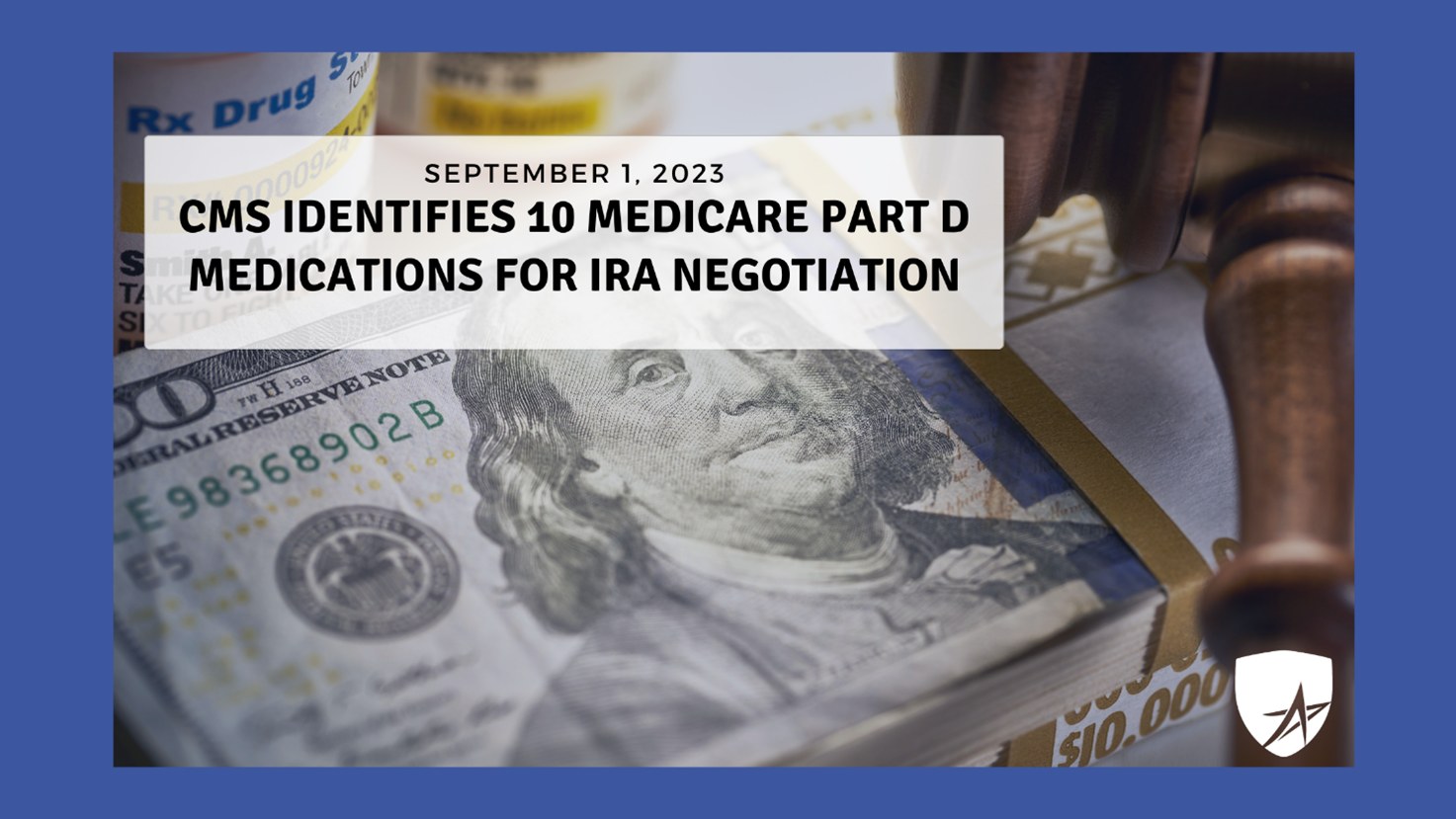
These drugs have been designated based on the outlined criteria within the IRA. This legislation mandates that CMS prioritize drugs with the highest Medicare expenditure and minimal competition, among other considerations. The resulting roster encompasses medications that are crucial for numerous Medicare recipients in treating various conditions such as cancer, diabetes, blood clotting, heart failure, autoimmune disorders, and chronic kidney disease.
Negotiations regarding pricing will commence this year between CMS and the participating pharmaceutical manufacturers. Finalized prices will be disclosed next autumn by CMS, with implementation set for 2026. In the ensuing years, additional medicines will be included for negotiation.
Projected Benefits for Beneficiaries and Medicare
In 2022, the U.S. Department of Health and Human Services (HHS) approximated that the expenses for the chosen ten drugs totaled $3.4 billion in out-of-pocket payments for Medicare beneficiaries. While the specific savings for individual beneficiaries through the IRA’s negotiation initiative will be contingent on the forthcoming reductions in prices, overall reduced costs are anticipated across the board. It is noteworthy that the Congressional Budget Office (CBO) predicts that these negotiations could save Medicare a total of $98.5 billion over a ten-year span, subsequently leading to decreased financial burdens for beneficiaries and taxpayers. Importantly, this law will achieve these outcomes while simultaneously enhancing health results and program stability. The CBO underscores that the lowered drug costs will encourage better adherence to prescribed medications, ultimately enhancing beneficiary well-being and diminishing the necessity for more expensive medical care covered by Medicare.
Furthermore, complementary reforms tied to the IRA are either already in effect or will soon be implemented, further enhancing the affordability and accessibility for beneficiaries. Several key measures are already active, such as capping monthly insulin prescription costs at $35, providing no-cost Part D vaccines, and reducing coinsurance for certain Part B drugs. In the upcoming year, an increased number of Medicare beneficiaries will experience relief as the IRA abolishes enrollee expenditures in the Part D catastrophic phase and extends full Part D Low Income Subsidy (LIS) coverage to individuals with incomes equal to or less than 150% of the poverty threshold. By 2025, the legislation will also impose a limit of $2,000 per year on beneficiary Part D drug expenses and allow beneficiaries to pay these costs in more predictable monthly installments, offering vital financial security.
Previous estimates from HHS indicated that the Part D changes brought about by the IRA would save a minimum of $400 for one out of every three enrollees in 2025. Notably, a considerable number of beneficiaries will experience even more substantial savings: over eight million will witness a $759 reduction, and nearly two million will benefit from a $2,500 decrease, reflecting a 66% reduction relative to their present costs. Once the negotiation program is initiated in 2026, these savings are expected to expand further.
Engaging the Public
This initiative encompasses ten virtual public Listening Sessions set to take place in the upcoming fall, with each session focusing on one of the selected drugs. The agency has stated that this series will “offer an avenue for patients, beneficiaries, caregivers, consumer and patient organizations, and other interested parties to provide input relevant to the drugs chosen for the initial round of negotiations.” Stakeholders are required to pre-register for the opportunity to make live, public statements.
“It’s important for insurance agents to educate their clients about the impact of the Inflation Reduction Act this year more than ever.” Rosamaria Marrujo, Sacramento Association of Health Underwriters (SAHU) past president, California Association Health Insurance Professionals (CAHIP) incoming president, and CEO of Trusted American Insurance Agency.
Additionally, CMS will accept written statements from September 1 to October 2, 2023. Further details about how to contribute to CMS concerning the negotiation process can be found here- https://www.cms.gov/inflation-reduction-act-and-medicare/medicare-drug-price-negotiation.
For More Information:
To access the CMS announcement, click here:
https://www.cms.gov/newsroom/press-releases/statements-cms-leadership-historic-announcement-first-selected-drugs-medicare-drug-price-negotiation.
Click here to access the remainder of the Inflation Reduction Act timeline:
https://www.cms.gov/files/document/10522-inflation-reduction-act-timeline.pdf.
The Annual Notice of Changes (ANOC) letter will be going out this month for all Medicare Advantage and Prescription Drug Plans (PDPs). Contact us for resources on how you can save money on your coverage and please reach out to us with questions relating to the 2024 changes.
The post The Centers for Medicare & Medicaid Services (CMS) revealed on Thursday, August 31st 2023, that the initial group of ten Medicare Part D medications slated for negotiation under the Inflation Reduction Act (IRA) has been identified. appeared first on Trusted Medicare Answers.


